How to make Greek Yoghurt & Labneh Instructions
Discover simple instructions on how to make Greek yoghurt at home and transform it into deliciously thick labneh. Follow our easy Greek yoghurt recipe and enjoy this versatile dairy delight today! Perfect for health enthusiasts and culinary adventurers alike.


Why strain your yoghurt?
Straining seperates the whey from the solids in the yoghurt. Straining dramatically improves the quality of the yoghurt, making it creamier, thicker and a little less tart. The straining process removes whey, leaving the yoghurt richer in satiating protein, keeping you feeling fuller longer. The majority of the lactose remaining in the yoghurt after incubating is found in the whey, so straining removes a majority of the lactose and reduces the overall carbohydrate and sugar content. The longer the yoghurt is strained, the more whey gets extracted.
Extending shelf life
Straining extends the shelf life by removing some of the water. The water contains residual lactose, therfore starving the bacteria of sugars to eat, reducing spoilage, keeping the yoghurt tasting great for longer.
How to strain
Wet and ring a piece of muslin, cheese cloth or an old tea towel. Lay it in a strainer or colander. If using a thin cheese cloth, 2 layers might be needed.
Place the colander in a bowl where it doesn't touch the bottom of the bowl. If you're having trouble doing this, 2 wooden spoons laying across the top of the bowl will give the colander something to sit on.
In warm weather place it in the fridge, but in cooler weather on the counter is ok. Leave for 1 to 3 hours, depending on how much you want to thicken the yoghurt and the weave of your cloth.
Reducing the volume by 1/2 will give a thickness like sour cream.
If you're not eating it straight away, spoon the thickened yoghurt into a clean container and keep in the fridge for up to 2 weeks.
Making Labneh: Yoghurt Cheese
Labneh is not a true cheese, it is an extra strained yoghurt, more like a thick cream or goat cheese. Labneh is Mediterranean in origin, the word coming from Arabic, meaning white or milk. With only 2 ingredients, yoghurt and salt, it is so easy to make and so much better than shop bought. It is light and refreshing with a hint of saltines and tartness.
Before straining the yoghurt, mix in a pinch of salt, the amount is up to your taste. 1/2 of a teaspoon in 500ml of yoghurt is a good start.
Line with cheese cloth, then pour in the salted yoghurt. Gather the edges of the lining cloth to the centre, then tie together with a piece of string or a rubber band. Hang the cheese cloth bundle over a bowl, or place in a colander to catch the dripping whey. Leave it to drain, in the fridge if the weather is warm. It will become thick and creamy.
The length of time the labneh is left to drain depends on how you are going to serve it:
6 to 8 hours is long enough if you want to spread it on wraps or sandwiches, or use to make a dip.
10 to 12 hours to be firm to the touch, for crumbling into a salad or a topping on a pizza.
24 hours will make a firm curd that is able to be rolled into balls.
Store the labneh in the fridge in a sealed container for up to 2 weeks.
1200mL of yoghurt strained for 12 hours
Labneh balls in oil
To store for longer, up to 3 months, at room temperature, it can be kept under oil.
Once the cheese is firm and creamy, scoop out 2 tablespoons of the strained yoghurt. Roll in your hands to make smooth round balls. Repeat until there is none left. they can now be left plain or rolled in dried herbs and spices. They can be rolled in zatar, dried mint or Aleppo chilli flakes.
Transfer the plain or spice-covered balls into a clean large jar. Pour good quality extra virgin olive oil into the jar until all the balls are fully submerged.
Cover and store at room temperature in a dark place for up to 3 months. Taking out some as you want them.
Labneh as a desert
Labneh can be served as a delicious desert dish with sweetness and a touch of tanginess. Start with a drizzle of honey, maple or agave syrup, then a splash of pomegranate molasses or rose water. To add more sweetness, mix in some date paste, fresh or stewed fruit. Now it's ready for a sprinkle of something with a bit of crunch - chia, flax, sesame seeds, pistachios, almonds or walnuts. Experiment with different combinations and flavours, to create a grown up desert with your own signature.
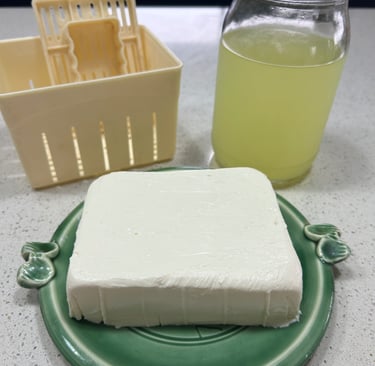

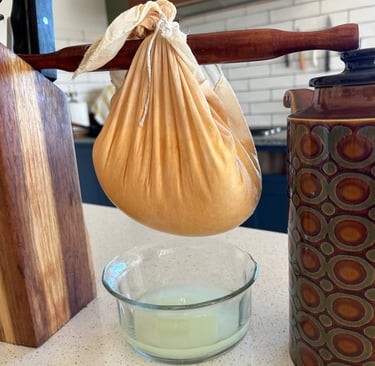

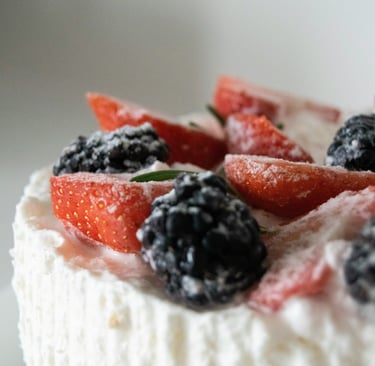

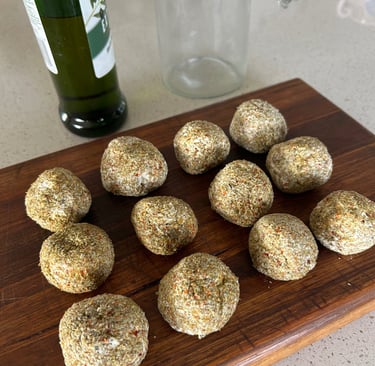

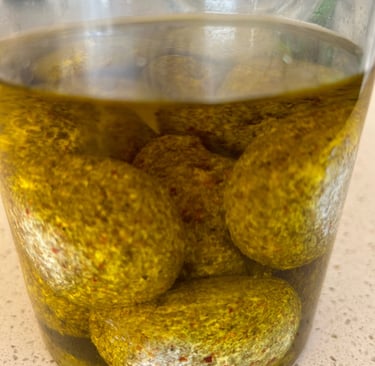

Labneh rolled in zatar then topped with extra virgin olive oil
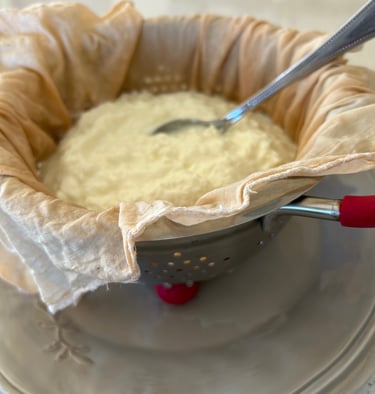

Taradale, Victoria. Australia 3447
